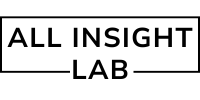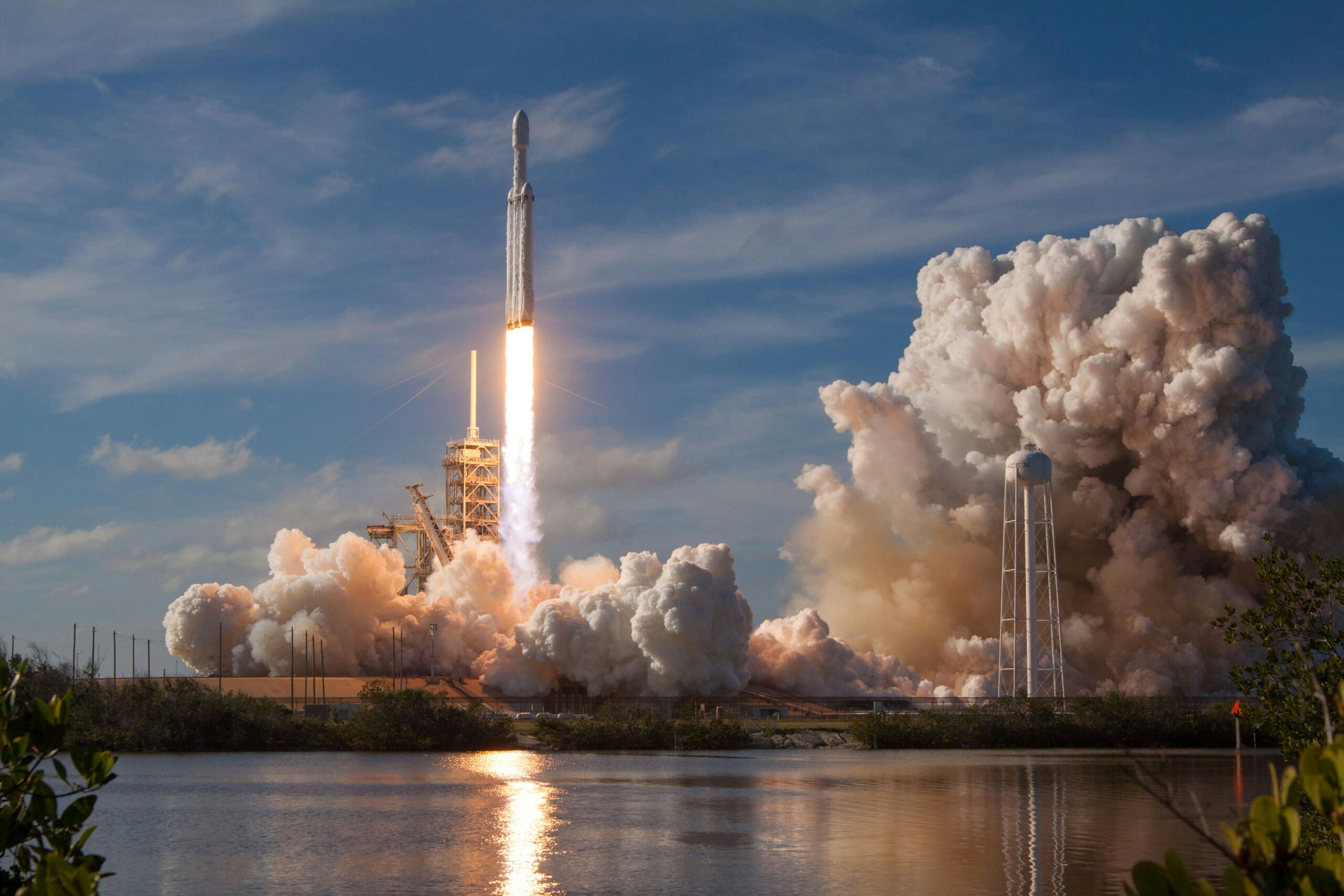Introduction
Python in Space: Powering the Next Generation of Exploration. Space exploration has always been at the frontier of human ingenuity, pushing the limits of technology and scientific discovery. In recent years, Python has emerged as a key programming language driving advancements in space technology. From processing astronomical data to controlling spacecraft, Python is revolutionizing how we explore the cosmos.
In this blog, we will explore how Python is being used for space missions, its role in data analysis, machine learning applications in space, and what the future holds for Python in extraterrestrial exploration.
Table of Contents
Why Python is Essential for Space Exploration
Python has become the preferred language for space agencies and research institutions due to several reasons:
- Ease of Use: Python’s simple syntax allows scientists and engineers to focus on solving problems rather than worrying about complex code structures.
- Rich Ecosystem of Libraries: Libraries like NumPy, SciPy, and Astropy make data analysis and scientific computing more efficient.
- Community and Open-Source Contributions: Python’s strong community support ensures continuous development and updates in space-related applications.
- Compatibility with AI and Machine Learning: Python integrates seamlessly with AI frameworks like TensorFlow and PyTorch, enabling advanced automation and decision-making processes in space missions.
Python Applications in Space Missions
1. Satellite Data Processing and Analysis
Python plays a crucial role in analyzing data collected by satellites orbiting Earth and other celestial bodies. Space agencies like NASA and ESA use Python to process and visualize vast amounts of satellite imagery and telemetry data.
Example: The European Space Agency (ESA) uses Python with libraries like GDAL and OpenCV for remote sensing applications, such as monitoring climate change and mapping planetary surfaces.
2. Controlling Rovers and Spacecraft
Python is used in software that controls Mars rovers, lunar landers, and other robotic explorers. NASA’s Perseverance and Curiosity rovers, for instance, rely on Python for data processing and autonomous navigation.
Example: The Mars Rover team at NASA’s Jet Propulsion Laboratory (JPL) uses Python for analyzing terrain and optimizing rover movements.
3. Simulating Space Missions
Python is widely used to simulate space missions before they are launched. Simulation tools help scientists test various scenarios, analyze potential risks, and optimize mission plans.
Example: NASA’s Orbital Mechanics Simulation tools use Python-based libraries such as poliastro for trajectory calculations.
4. AI and Machine Learning in Space Exploration
Machine learning models built with Python help space agencies make real-time decisions. AI is used for object detection, anomaly detection, and predictive analysis in space missions.
Example: AI-powered Python algorithms are being used to detect exoplanets from telescope data, predict solar flares, and automate spacecraft operations.
5. Astronomical Research and Space Science
Astronomers rely on Python for data analysis in astrophysics and cosmology. Python helps process and visualize data from telescopes and space probes.
Example: The James Webb Space Telescope (JWST) team uses Python to analyze deep-space images and study the origins of galaxies.
Python Tools and Libraries Used in Space Exploration
Here are some of the most commonly used Python libraries in space research:
- Astropy – Used for astronomical calculations and data analysis.
- Matplotlib – Helps visualize celestial objects and scientific findings.
- Scipy & NumPy – Used for mathematical computations and physics simulations.
- poliastro – A library for orbital mechanics and trajectory analysis.
- OpenCV – Helps in image processing for satellite and rover cameras.
- TensorFlow & PyTorch – Used for AI-driven tasks like image recognition and predictive modeling in space missions.
The Future of Python in Space Exploration
As we prepare for future missions to Mars, the Moon, and beyond, Python’s role in space exploration will only grow stronger. Here are some exciting possibilities for Python in upcoming space missions:
- Autonomous Spacecraft Navigation – AI-powered Python systems will enable self-navigating spacecraft to explore distant planets without human intervention.
- Interplanetary Internet – Python may be used in developing communication networks for Mars colonies and deep-space missions.
- Terraforming Simulations – Scientists will use Python to model and simulate how planets like Mars could be made habitable for humans.
- Quantum Computing and Space Research – Python frameworks like Qiskit will contribute to the future of quantum computing in astrophysics.
Conclusion
Python is shaping the future of space exploration, making data analysis, simulations, and AI-driven automation more accessible and efficient. With its expanding capabilities and growing adoption by space agencies, Python will continue to be a key player in humanity’s quest to explore the universe.
Whether you’re a space enthusiast or a budding programmer, learning Python can be your gateway to contributing to the next generation of space missions.
Further Reading
Are you ready to code for Mars and beyond? Let’s explore the stars with Python!
Find more Python content at: https://allinsightlab.com/category/software-development

